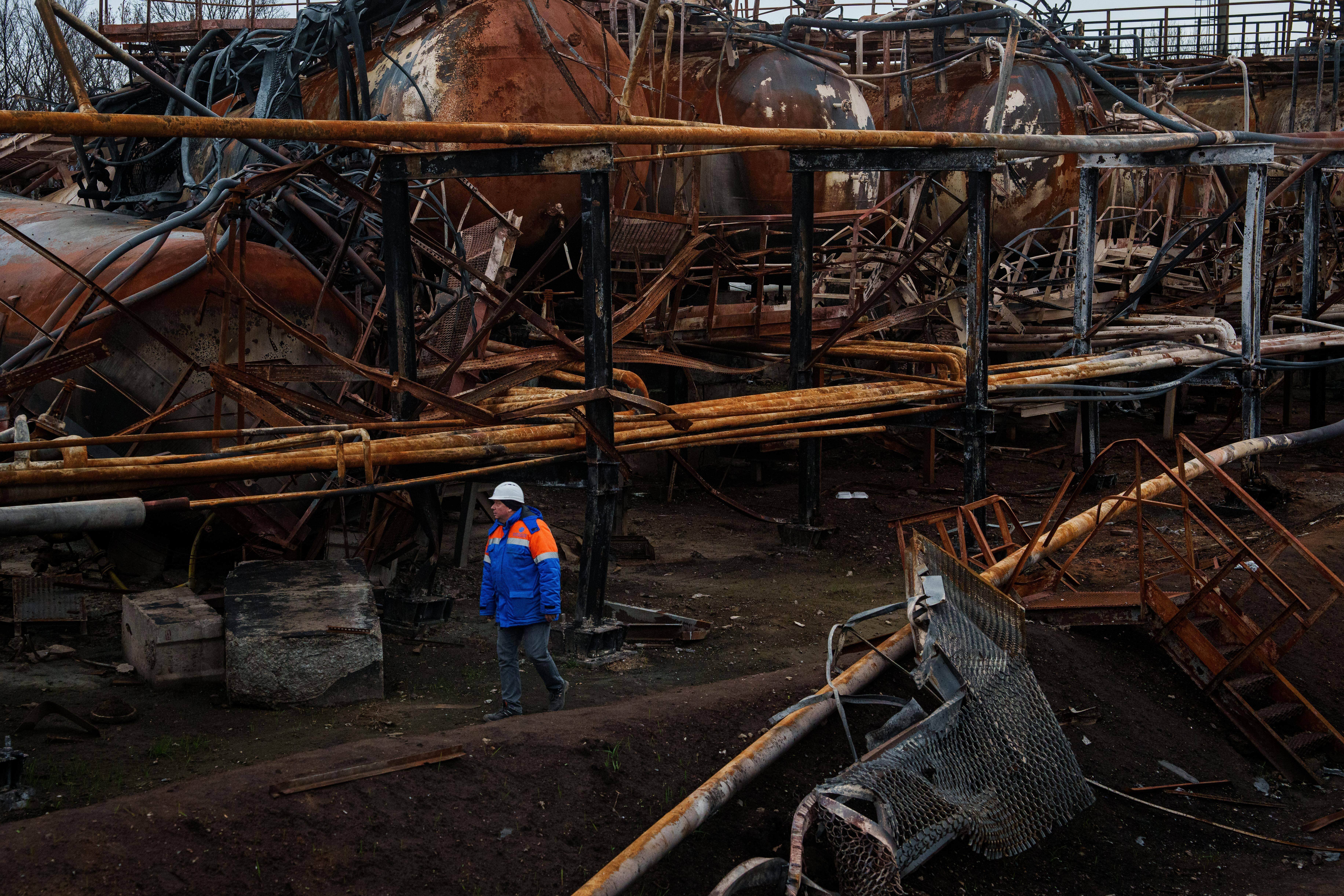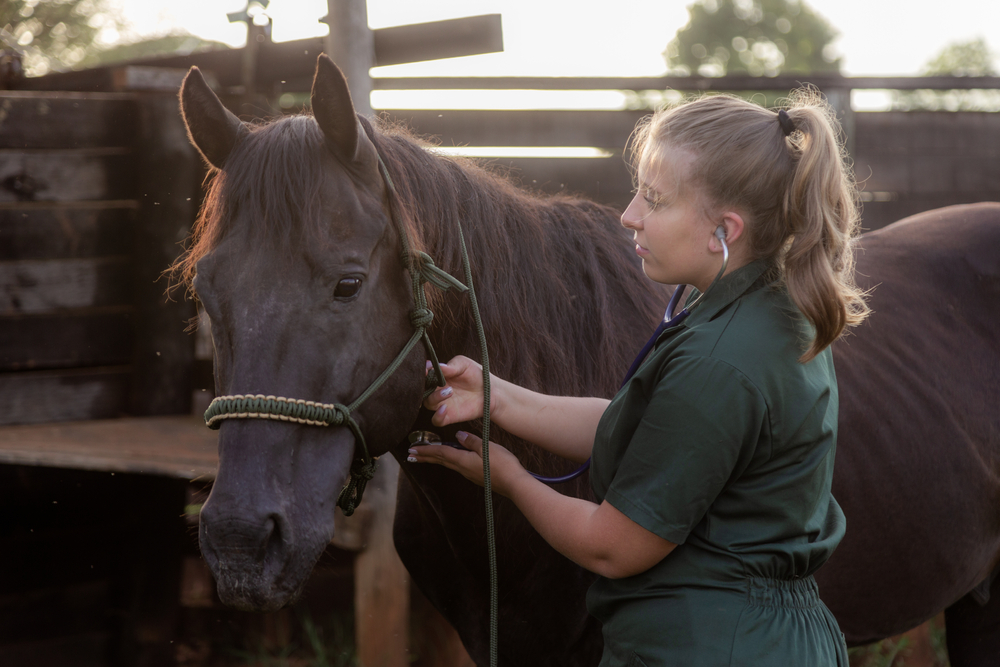Earth has only so much land. And only a portion of that land supports green growth. A new report from the United Nations shows how we'll need to balance its use going forward: We need space for land-based climate change mitigation, and we need space for food.
Thirty percent of Earth's land is forests, and they're multitools in the fight against climate change. Their trees lock away carbon, cool the environment and reduce erosion. To keep a lid on global warming, the U.N. advises that we need to keep those ecosystems and most likely add to them, too — with more permanent trees, or with renewable biofuels to meet our energy needs.
Meanwhile, we already use another 37.4 percent of global land area for agriculture. The World Resources Institute estimates that by the middle of this century, demand for food could require an additional area of agricultural land nearly twice the size of India.
In its report, the U.N. lays out several paths forward. The most sustainable of them would allow food consumption to grow the way we expect it to and might even decrease the need for agricultural space in the process — leaving more room to grow trees or biofuels.
But walking that line will be up to governments and their policies. It will require careful land management, denser farming and a focus on sustainability in our consumption.











